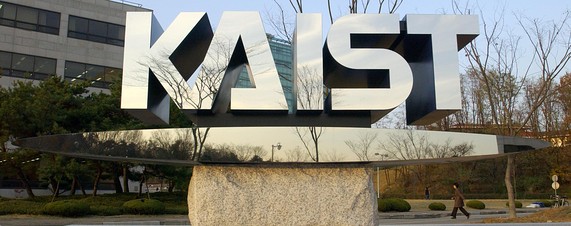The KAIST Suicides
The Korea Advanced Institute of Science and Technology, one of the most academically-challenging and prestigious universities in South Korea, is in the media spotlight after the suicides of four students since January, with the fourth occurring last week. And over the weekend, a KAIST professor also killed himself. The suicide rate at KAIST is noticeable but only became exceptional with last week’s death. South Korea has the highest suicide rate among developed countries, about 31 people per 100,000 annually. Indeed, one government ministry announced over the weekend that it was forming a committee to try to tackle the high rate of youth suicide. If KAIST, with a campus of about 8,000 students, kept up with the national statistical average, it would be expected to have about 2.5 suicides a year.
But KAIST is a big name in South Korea, a place of aspiration. “Both the students and the professors there are considered symbolic of the intellectuals and the prodigies in society, so the high suicide rate on their campus was able to draw enormous attention,” says Park Jin-seng, a Seoul psychiatrist. Many students, professors and media have blamed the rash of suicides at KAIST on a policy instituted by university President Suh Nam-pyo in which students lose their tuition-free status if their grade point average dips below 3.0 on a 4.0 scale. The farther the grade dips, the more of their tuition the student has to pay.
At present, KAIST’s tuition costs about $5,500 and is paid by the government. According to local news accounts, of the roughly 8,000 students, approximately 1,000 are now paying a portion of their tuition because of the grade policy. Among them, the average amount being paid is about $2,200. Mr. Suh was applying to KAIST the same type of standards that are at work in the U.S. and other countries, where you must keep up your GPA or lose the scholarship. But in few countries is the social cost and stigma associated with poor performance as high as it is in South Korea. Many KAIST-related news accounts in recent days talked about the way students are shamed by their peers once it is learned they are paying tuition.


I remember how tense and competitive it was at my high school. Shame was the name of the game. It was known for being a pressure cooker. There was a very obvious class system whereby the highest achievers were given red carpet treatment. They would post the students’ grades on the infamous “Wall of Fame” or Shame depending on your situation. You had to have a certain GPA to gain entry to certain rooms. It was ridiculous! Students would simply “vanish” and never be heard from again. There were many nervous breakdowns, drug overdoses, and other equally serious incidents following the posts. Brothers and Sisters and nuns and priests can be very cruel when they want to be. They seemed to pride themselves on the humiliation of others. Trust me, they excel in all kinds of human torture. I still suffer from nightmares about it. I did very well out of tremendous fear. I feel for you!